Writing
Writing to a friend
Tips on writing to a friend for students of KS2 CCEA Language and Literacy.
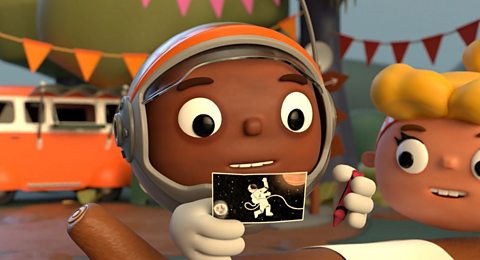
Writing for radio
Tips on writing for radio for students of KS2 CCEA Language and Literacy.
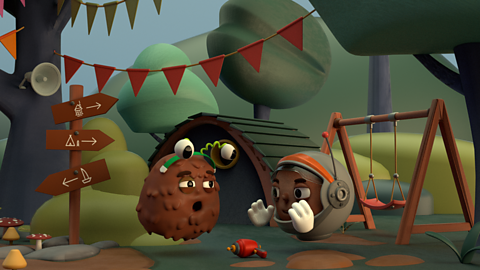
Experiment with layout
Tips on experimenting with layout for students of KS2 CCEA Language and Literacy.
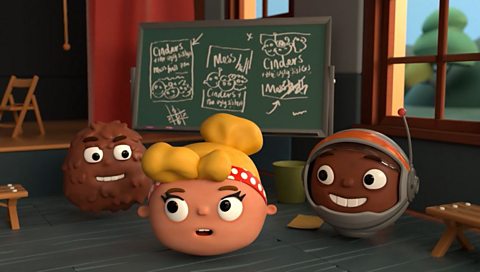
Which words use the 'ough' sound?
Learn how the letters 'ough' are pronounced differently, depending on the word they're in. Which words use which?
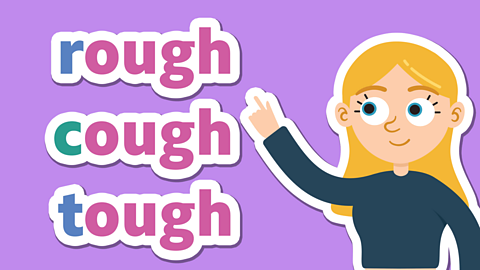
Which words end with -cious and -tious?
Find out how the 'shus' sound is used for descriptive words and can be spelt two ways, -cious and -tious.
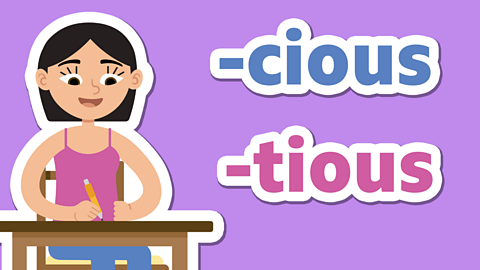
What are silent letters?
Find out about words that contain silent letters, like the 'k' in knight or the 's' in island.
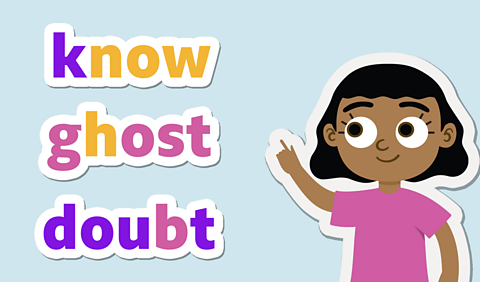
How to spell the 'shun' sound
The 'shun' sound at the end of a word can be spelt in different ways. Find out about words ending in -tion, -cian, -sion and -ssion.

Spelling quiz
Ready for the Bitesize Primary spelling quiz for KS2? Have a go and see if you can get a top score.
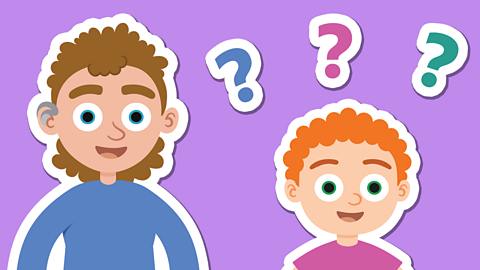
When is the 'sh' sound spelt with 'ch'?
Find out about words like chef and machine, where the 'sh' sound is spelt with the letters 'ch'.

When is the 'i' sound spelt with a 'y'?
Find out about words where the 'i' sound is spelt with the letter 'y'.
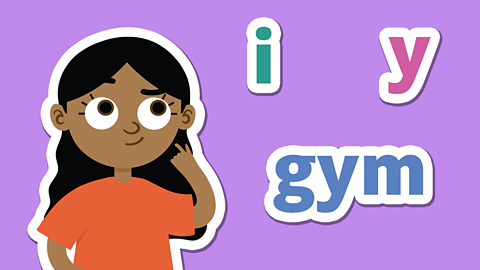
When is the 'uh' sound spelt 'ou'?
Find out about words like country and cousin, where the 'uh' sound is spelt with the letters 'ou'.
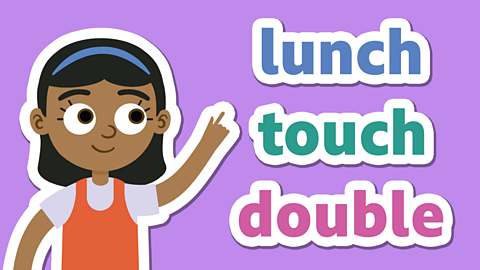
When is the 's' sound spelt with 'sc'?
Find out about some words that have a silent letter 'c'.
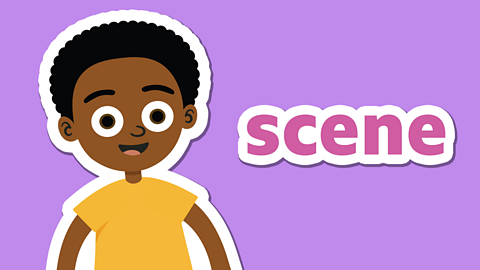
Which words end with -ture and -sure?
Find out about the different spellings of the -sure and -ture sound at the end of words.
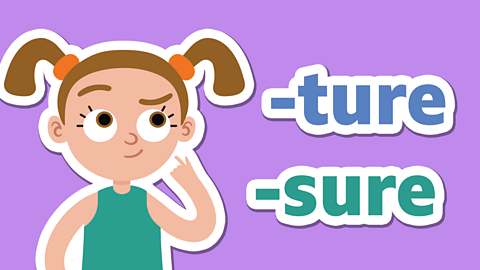
Which words end with -sion?
Find out about words that end with the 'shun' sound spelt -sion, like invasion and explosion.
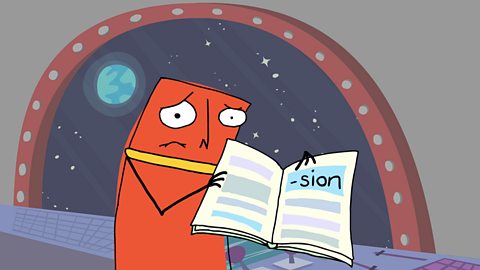
What are homophones?
Homophones are groups of words which sound the same when you say them but have different spellings and meanings.
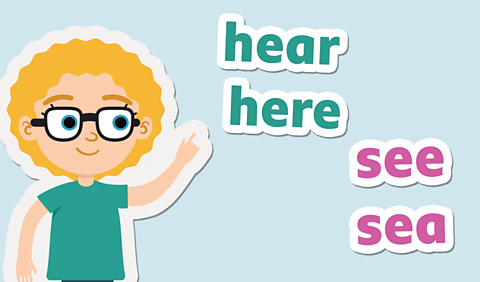
How to use to, too and two
Working out whether to use to, too or two can be tricky. Find out when to use each of these words.
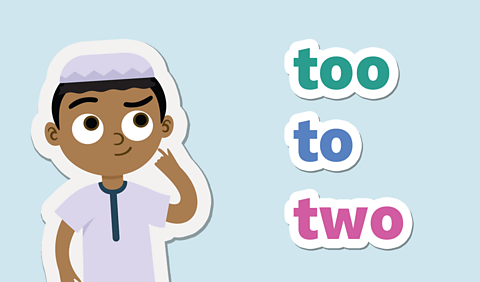
How to use their, they鈥檙e and there
Find out how to use the homophones their, they鈥檙e and there.
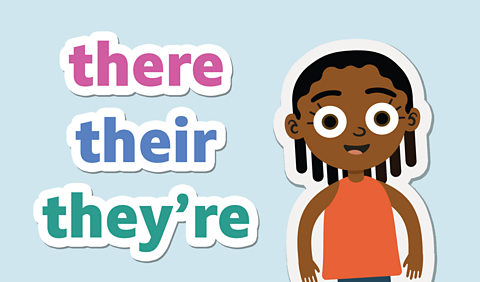
What are prefixes?
Discover how you can change the meaning of a word by adding a prefix.
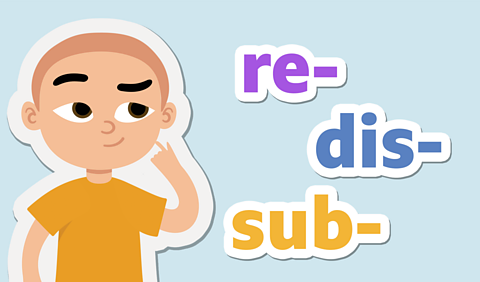
What are suffixes?
Find out how to add suffixes to the end of words to change their meaning.
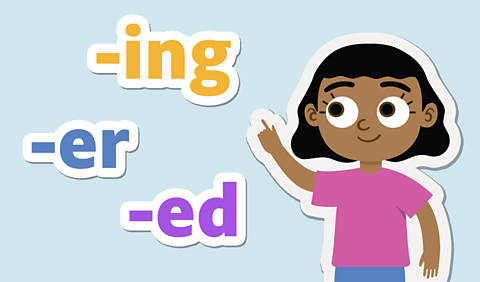
How to use the suffix 鈥搇y
Discover how you can add the suffix -ly to a word to change its meaning.
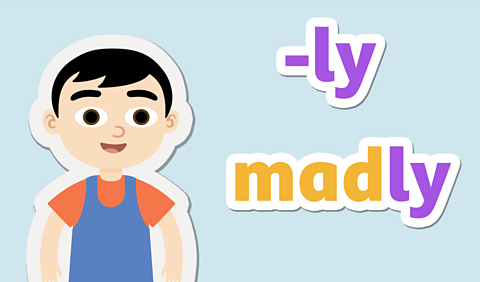
How to use the suffix -ation
Find out what happens when you add the suffix -ation to the end of a word.
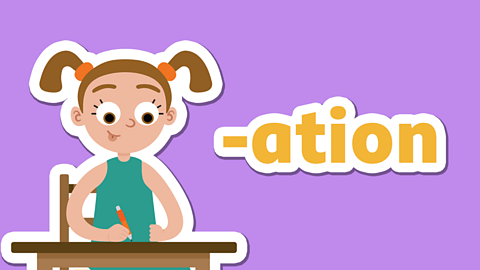
How to use the suffix -ous
Find out what happens when you add the suffix -ous to the end of a word.
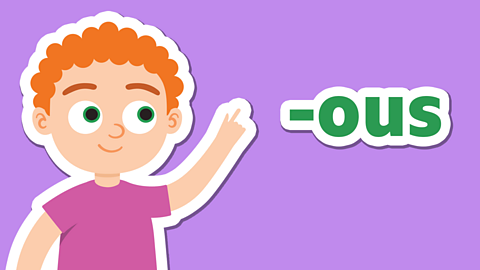
How to add suffixes to words ending in -fer
Find out how listening to the stress of the final syllable can help when adding suffixes to words.
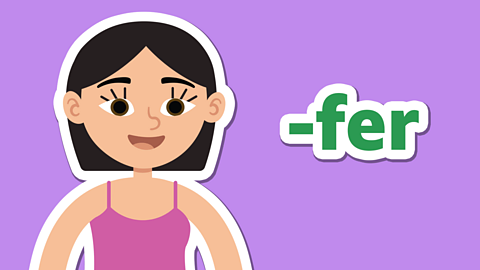
How to use apostrophes in contractions
Find out how to use an apostrophe to join two words together and form a contraction.
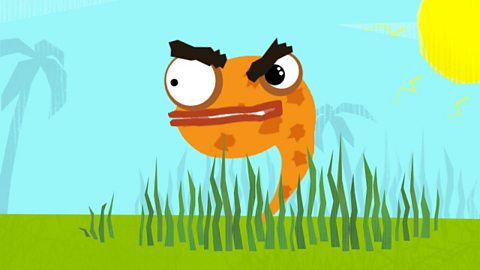
How to use possessive apostrophes
Find out how to use an apostrophe to show that one thing belongs to another.

How to use a semi-colon
Find out how a semi-colon can replace a full stop between two sentences that share a theme.

How to use commas
Find out how commas can be used between statements to make a sentence easier to read.
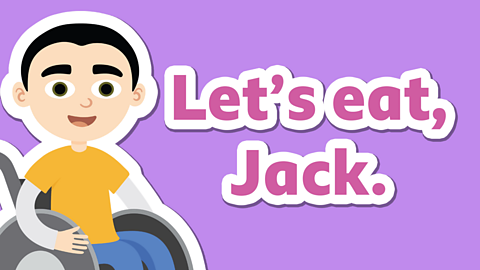
Punctuation quiz
How much do you know about punctuation marks? Test yourself in this KS2 quiz.
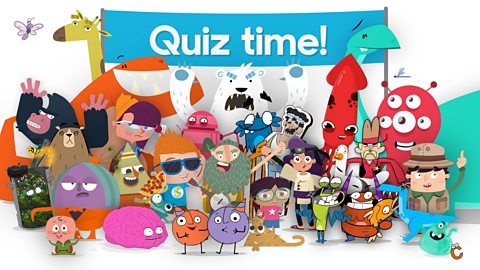
How to use hyphens and dashes
Find out how to use hyphens to connect words and dashes to punctuate sentences.

How to use an ellipsis
Explore how an ellipsis or '...' can be used to create suspense, show words are missing or show a trailing off thought.

How to use bullet points
When can you use bullet points to break up information to make it easy to read?
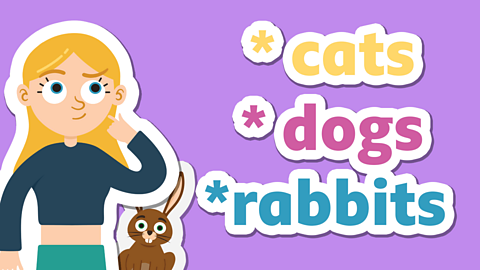
How to use brackets
Brackets are a form of parenthesis but when should they be used in a sentence?
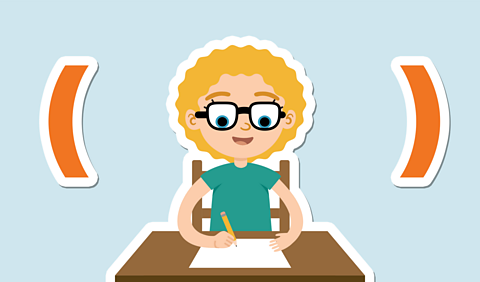
How to use an exclamation mark
Find out how an exclamation mark can be used to show when something is surprising or forceful.
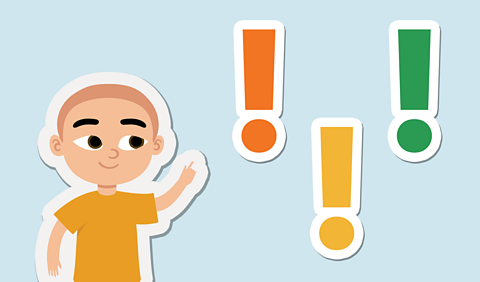
How are commas used in a list?
Find out where to place a comma to make the perfect list.
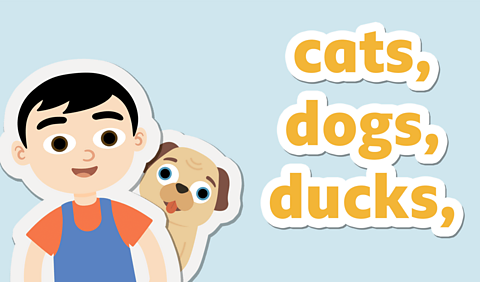
What are paragraphs?
A number of sentences grouped together are called a paragraph. They are usually about one idea or theme.

How to use inverted commas
Find out how inverted commas are used to show when someone is speaking.
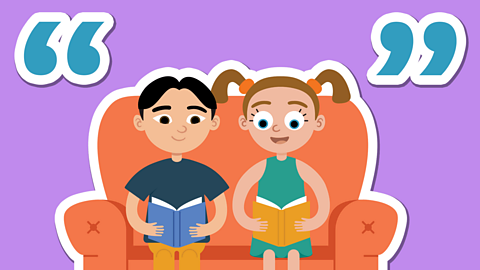
How to use question marks
Question marks go on the end of every question. Find out how to use them.
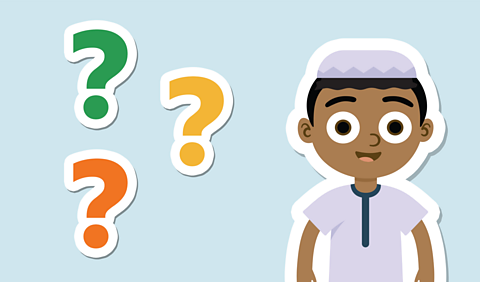
What are verbs?
Learn what verbs are and how you can use them in your writing.
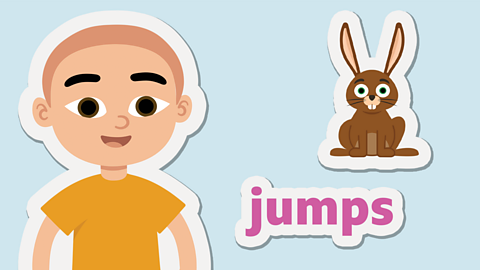
What are nouns?
Find out how you can use different types of nouns in your writing.

What are adjectives?
Find out what adjectives are and how you can use them in your writing.

What is a pronoun?
Pronouns take the place of nouns in a sentence, examples are 'him', 'her' and 'them'.
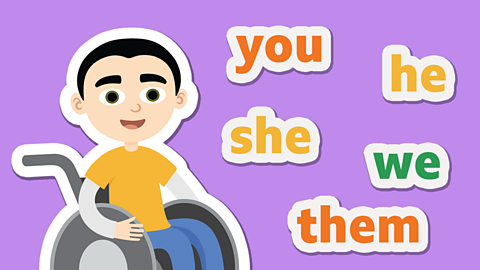
What is an adverb?
An adverb tells you how something happens, like quickly and slowly.
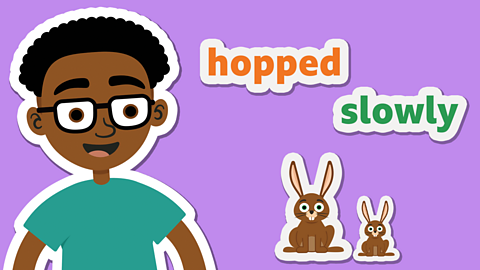
What is a passive verb?
When the subject of a sentence isn't active the verb is passive. If you want to make a sentence active, the subject of the sentence should be doing something.
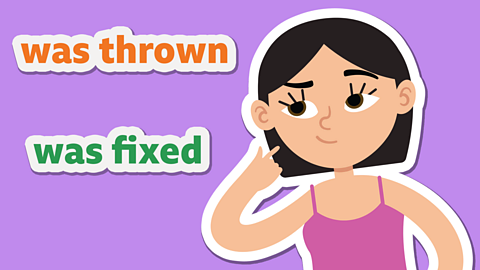
What are modal verbs?
Find out how modal verbs can be used in your writing.
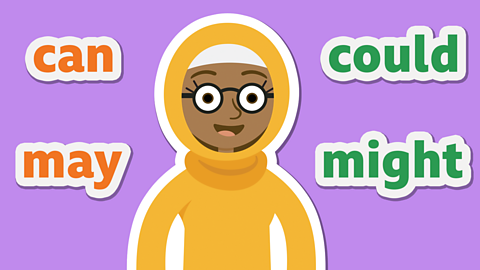
What is a preposition?
A preposition is a word that tells you where or when something is in relation to something else, like "after","before" or "on".
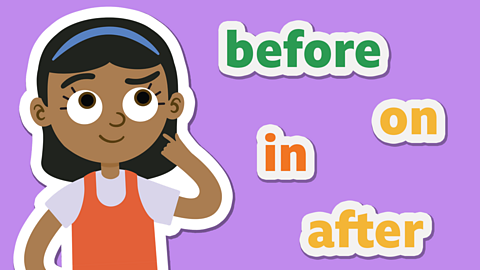
What is a relative clause?
A relative clause starts with a relative pronoun (who, that, which, whose, where, when) and is often added to a sentence to define a noun.
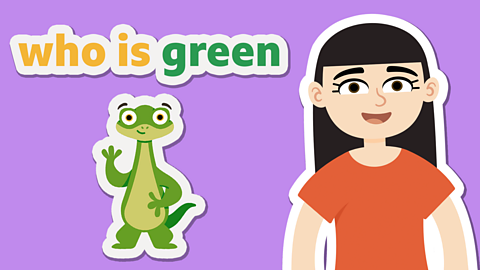
What are subordinating conjunctions?
A subordinate conjunction joins two ideas or clauses in a sentence.
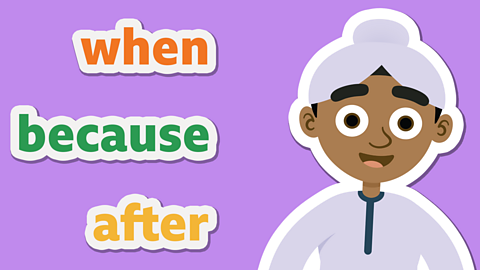
What are coordinating conjunctions?
Conjunctions are joining words, coordinating conjunctions join groups of words about similar things.

What is an expanded noun phrase?
Expanded noun phrases tell you more about the noun, so the reader will have more information.
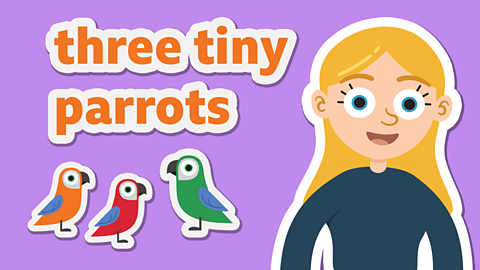
What is a fronted adverbial?
What are fronted adverbials? When can you use them to replace adverbials?
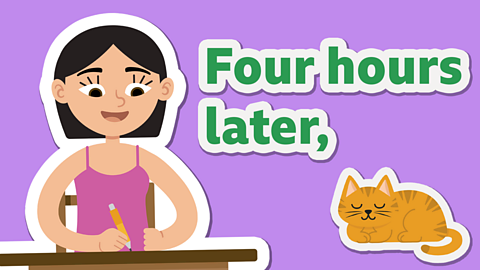
How to write a sentence
Discover some tips for writing clear and neat sentences.
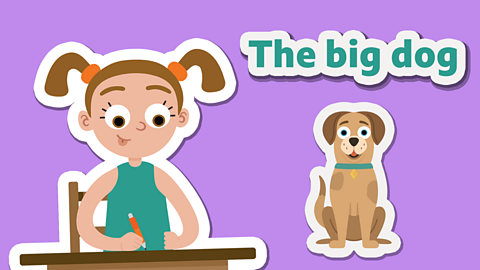
How to write statement sentences
Learn how to use statement sentences to tell your reader a fact or idea about a topic.
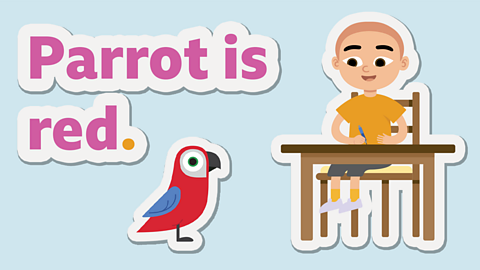
How to write command sentences
Find out how to use command sentences to give instructions.

How to write questions
Questions are sentences that ask something. Find out how to use them in your writing.
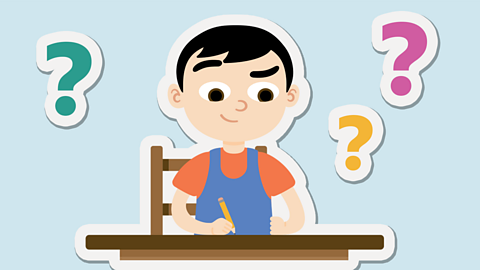
How to write exclamations
Find out how to use exclamations to show intense feelings or to get attention.

How to write in the first, second or third person
Find out about writing in the first, second or third person.

What is past, present and future tense?
All verbs have a past, present and future form. Find out when to use them.
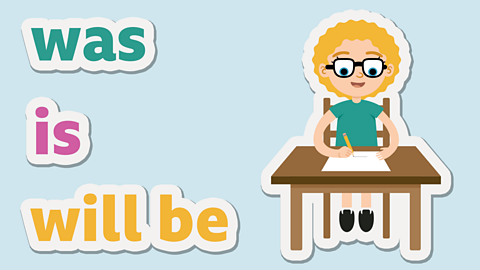
What is a dictionary?
We can use a dictionary to find out the meaning or spelling of a word.
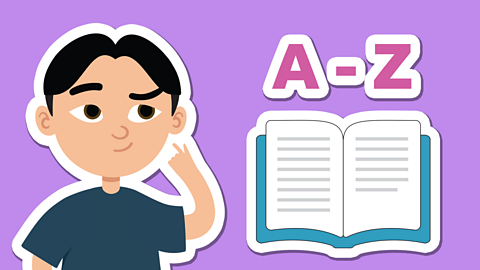
What is a thesaurus?
If you want say or write something differently, a thesaurus provides alternative words with a similar meaning.
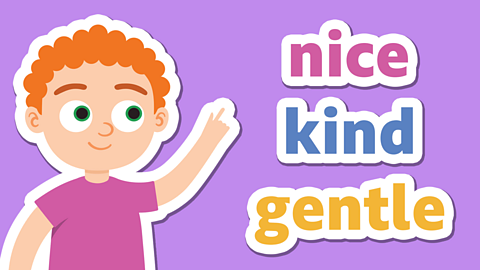
What does an author do?
Find out how an author decides what to write about in a story.
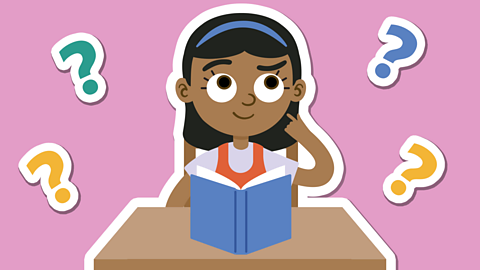
How to plan your story
Find out some useful tips to help you plan your story.
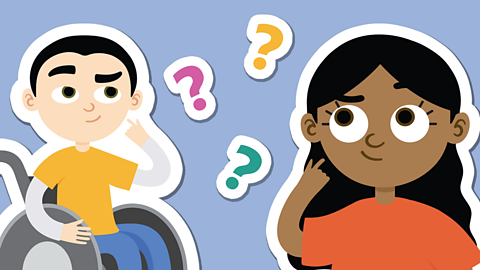
How is a story structured?
Find out why most stories consist of a beginning, a middle and an end.
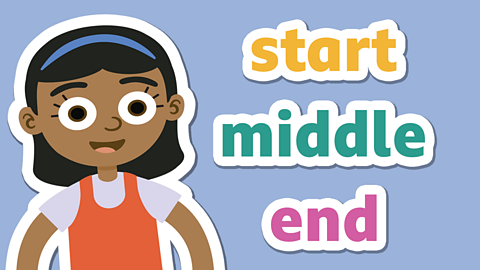
What is a setting?
Find out what a setting is and how you can use them in your stories.
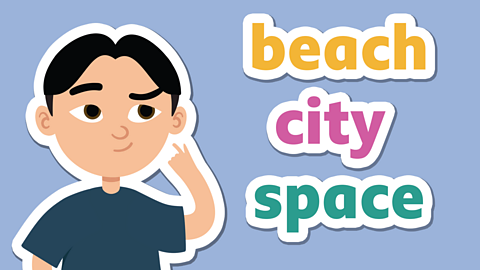
How to invent a new character
Find out about some of the different questions authors think about when they are inventing new characters.
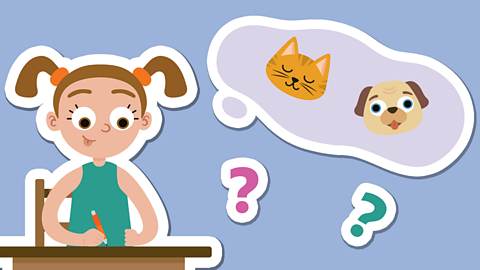
How to think about your purpose for writing
Explore how your writing can have different purposes depending on the subject or what you want to communicate.

How to write for different audiences
Find out how you should think about the language you use when writing for different audiences.
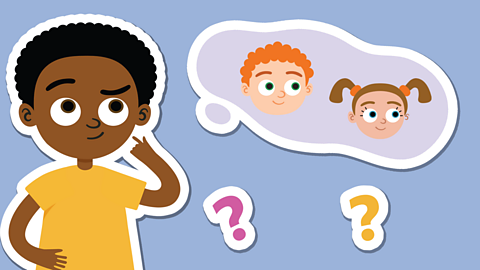
Proofreading and identifying errors
Find out why it's important to check your work for errors.
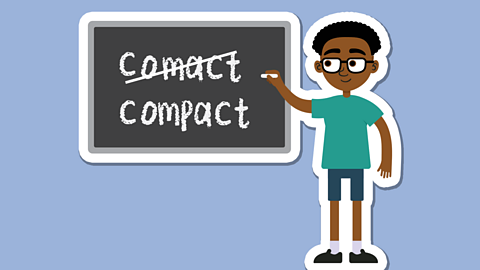
Context for writing
Find out how changing the context can affect your stories.
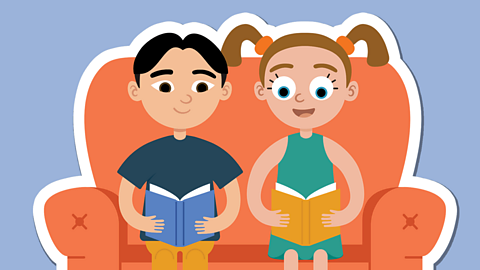
What is alliteration?
Find out what alliteration is and how you can use it to make your writing more exciting.
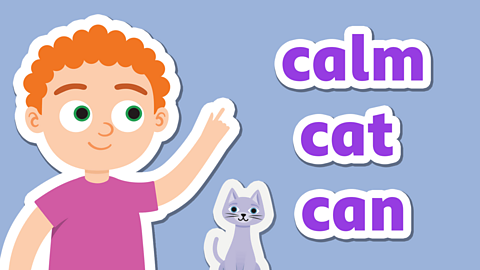
What are metaphors and similes?
Find out how you can use metaphors and similies to bring your writing to life.

What is onomatopoeia?
Discover onomatopoeia is when a word sounds like what it means.
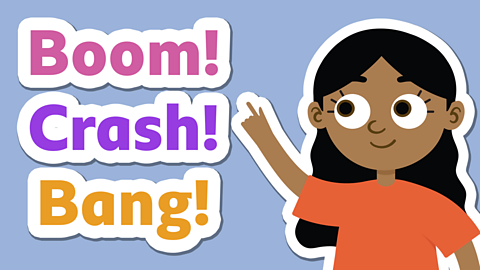
What is personification?
Find out how hiving human feelings and actions to objects or ideas is called personification.
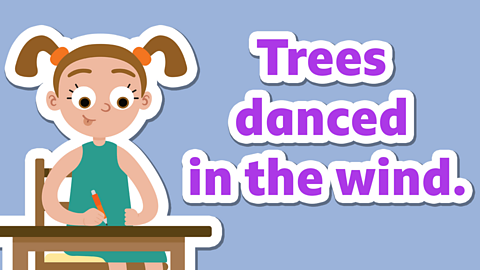
What are synonyms and antonyms?
Synonyms are words with the same meaning, antonyms are words that mean the opposite. Find out more.
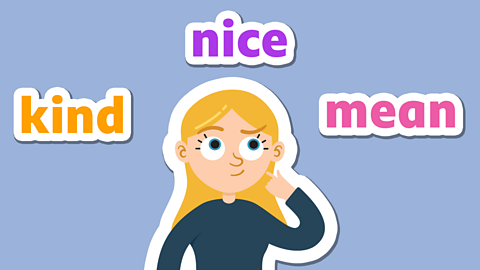
What are fiction and non-fiction?
Find out about different types of fiction and non-fiction texts.
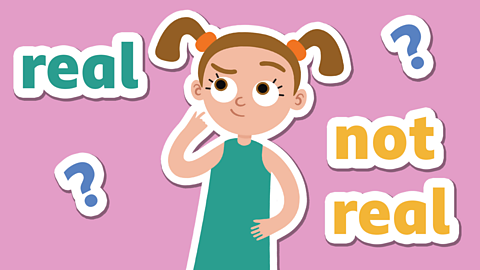
How to write a recount
Find out how to retell an important event or describe an experience you've had to others.
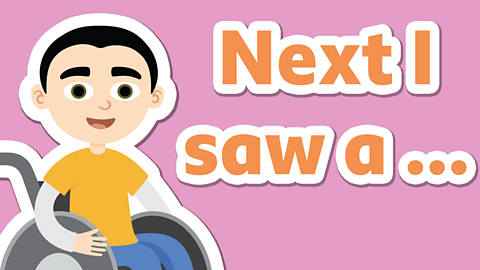
What are the features of a newspaper?
Explore the different tools newspapers use tell us about the world.
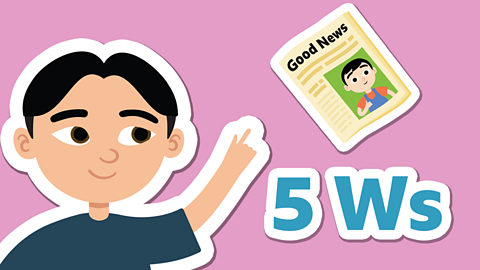
What's the difference between adverts and brochures?
What are the features of adverts and brochures? How can you find out the differences?
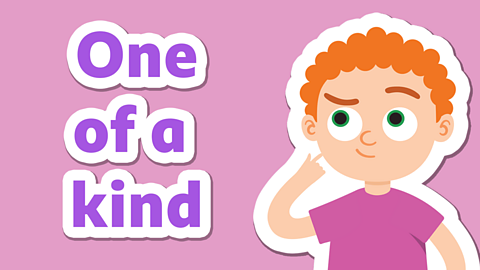
What are instruction manuals?
Instruction manuals tell the reader how to complete a specific task. Find out how they are written.

How to write an adventure story
An adventure story is about something out of the ordinary, usually with a challenge or quest. Discover more about what makes an adventure story.
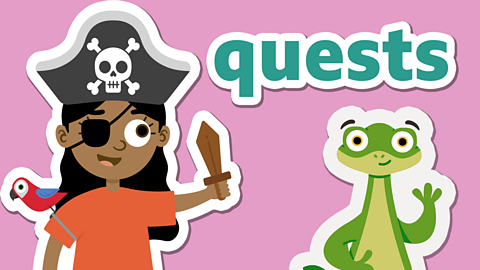
How to write a scary story
Find out how scary stories frighten the reader through suspense and shocks.
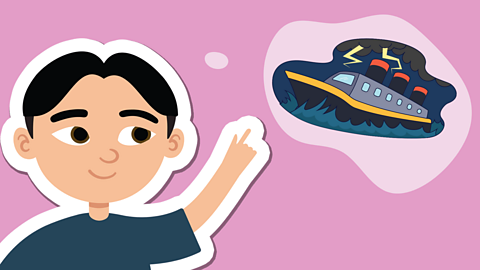
How to write a fairy story
Fairy stories start with the words 'Once upon a time' but what comes next?
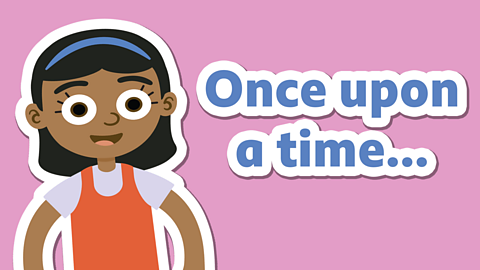
How to write a science fiction story
Science fiction stories are usually set in the future and in a world different from ours.
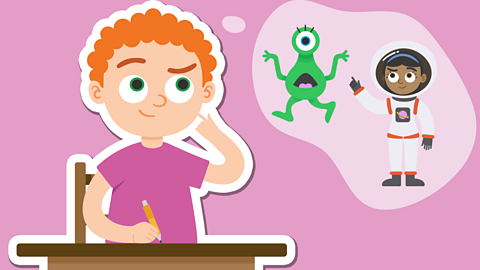
How to write a poem
Learn what makes a poem and how to write your own.
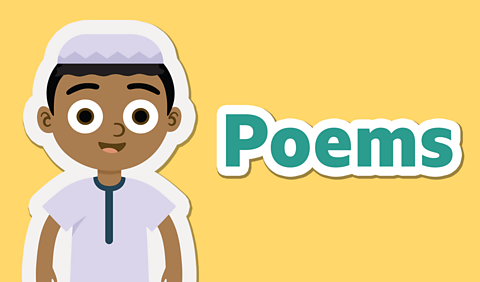
What are rhyming words?
Discover how rhyming words have the same sound.

What is a limerick?
The first, second and fifth lines of a limerick rhyme. The same goes for the third and fourth lines.

What is a nonsense poem?
Nonsense poems don't always make sense, they often use made up words, mixed up with real words.
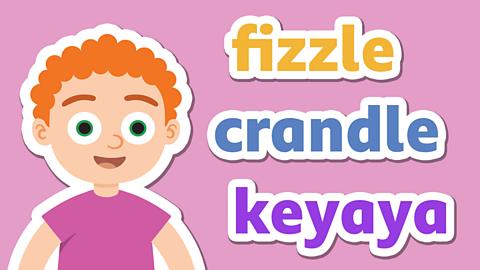
What are free verse poems?
Free verse poems don't follow the rules. Find out how to write them then try making up your own.
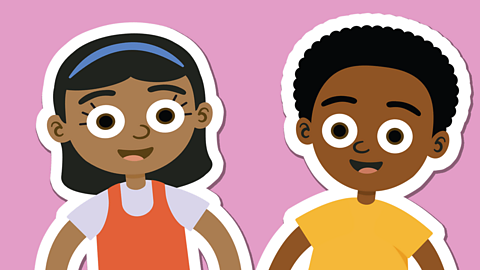
What is a rhyme scheme?
Find out how to work out the rhyme scheme of a poem.

What is a riddle?
A riddle is a type of puzzle, usually they are witty and have double meanings.
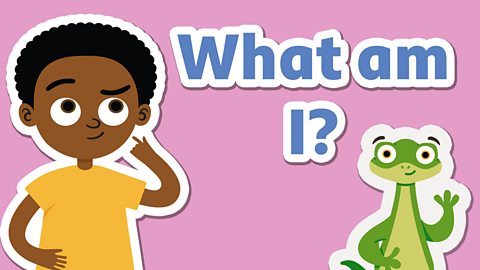
What is onomatopoeia?
Discover onomatopoeia is when a word sounds like what it means.

What are narrative poems?
Find out about narrative poems, a type of poem that tells a story.

What are acrostic poems?
Find out how to write acrostic poems, where the first letter of each line spells a word.

What is a play?
Learn about different types of plays, including role play and performing confidently.
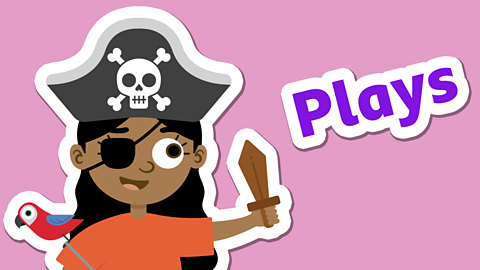
How to write a play
Some stories are written for people to perform. When you write for a performance it is called a script.
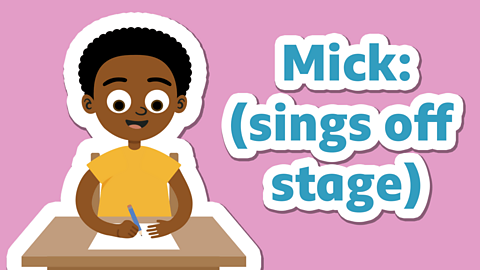
What does an author do?
Find out how an author decides what to write about in a story.
